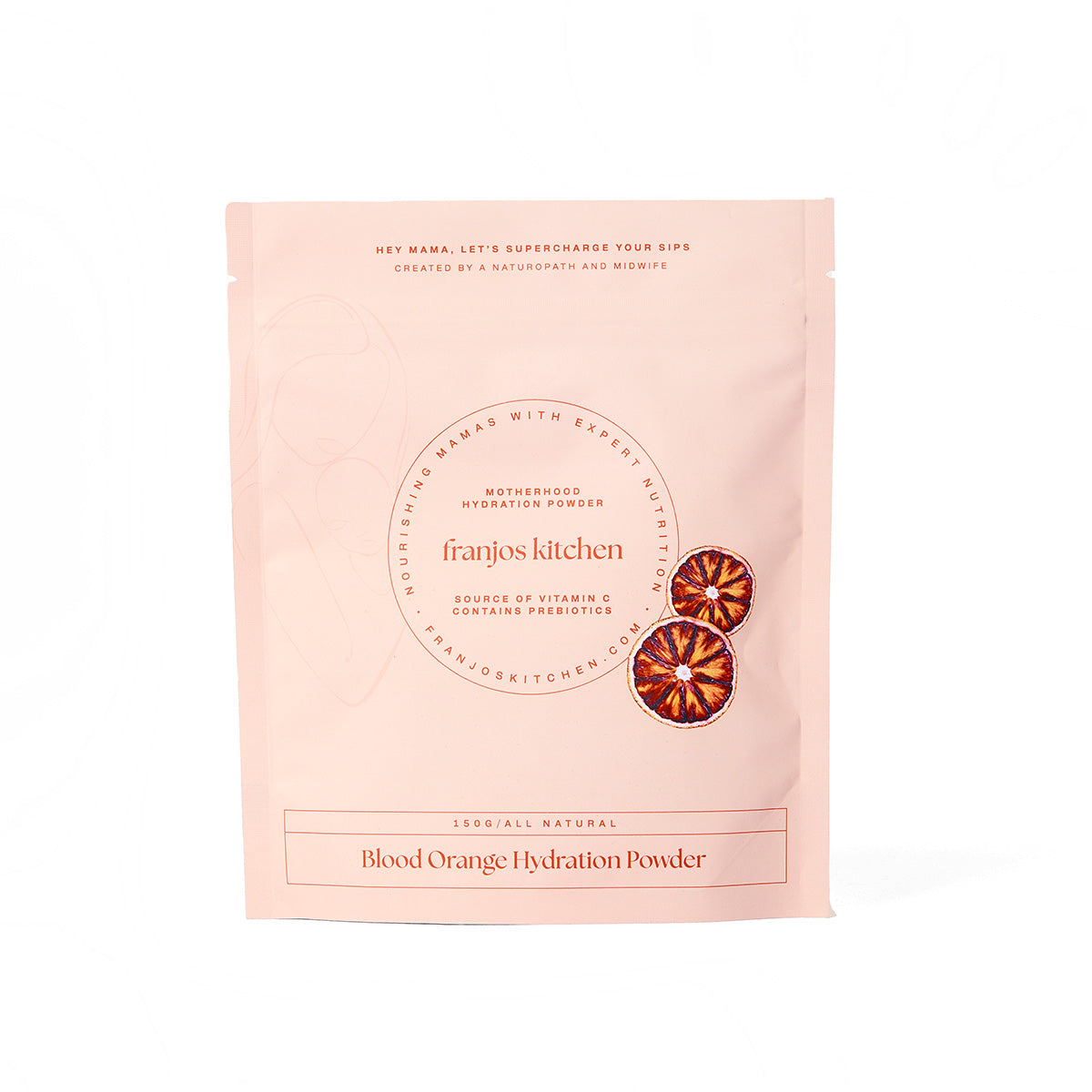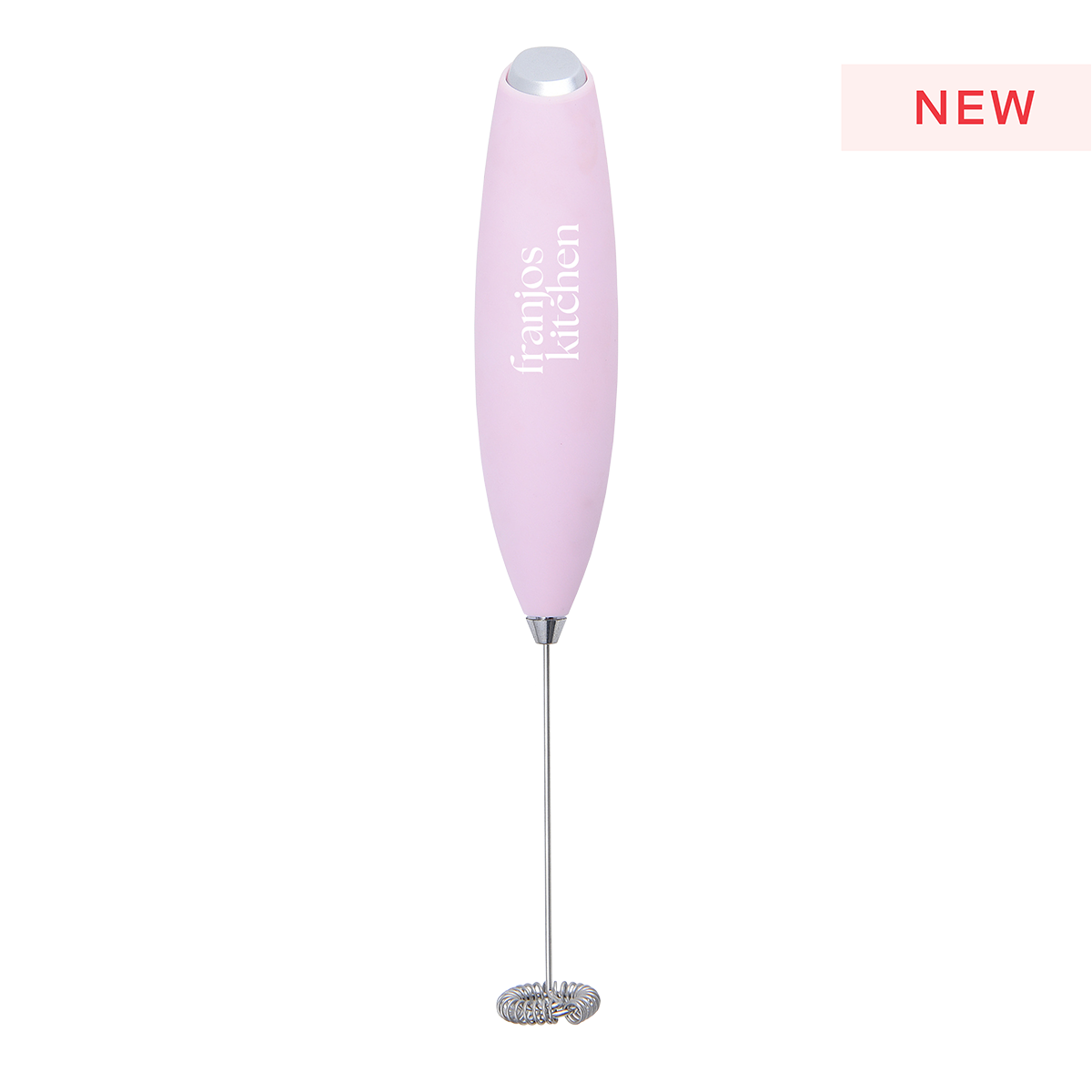6 Tips for Optimal Postpartum Recovery from a Women's Health Physiotherapist
Bringing a baby into the world is an incredible experience, but it's also one of the most physically demanding events a woman's body can go through (yes both vaginal and caesarean section births)! The postpartum period, especially the first six weeks, is crucial for recovery and rebuilding strength, particularly in the pelvic region. As a Women’s Health Physiotherapist, I've witnessed firsthand the challenges women face during this time and the importance of proper care and attention. Here are my six essential tips to ensure you recover well in the first six weeks postpartum:
Prioritise Rest:
If there is only one thing you take from this blog, let this be it! Rest is extremely important for your recovery after birth as your connective tissues need time to retract and heal. Put your feet up and embrace those special moments with your baby. Aim to lie down for at least 30-60 minutes, a minimum of twice a day.
Avoid Straining and Constipation:
It is extremely common to experience issues with constipation immediately after birth. We can attribute this to the sudden drop in hormones, lack of routine/movement/exercise, and fear of “the first poop”. Not only is it painful but it can be detrimental to your recovery as well. Consider incorporating Franjos Kitchen Hydration powder into your routine to replenish electrolytes and support hydration, especially if you're breastfeeding. This can help keep your bowel movements regular and prevent unnecessary strain on your pelvic floor.
Do Your Pelvic Floor Exercises:
Your pelvic floor has been through a lot during childbirth, so it's essential to give it some TLC. Pelvic floor exercises can help strengthen these muscles and improve bladder control. Aim to do them regularly throughout the day to promote healing and prevent future issues. As a guide I would aim for:
Week 1: 1 second x 10 repetitions x 3 sets per day
Week 2: 2 second x 10 repetitions x 3 sets per day
Week 3: 3 second x 10 repetitions x 3 sets per day
Adding one second each week so that at 6 weeks postpartum you can hold for 6 seconds x 10 repetitions.
Wear Compression Garments:
Compression garments can provide much-needed support to your abdominal and pelvic floor muscles as they recover. It can also prevent and manage back and pelvic pain. Consider wearing compression garments within 5 days of birth, and wear throughout the day until at least 6 weeks postpartum.
Gradually Return to Exercise and Walking:
While it's tempting to jump back into your pre-pregnancy workout routine, it's crucial to take it slow and steady. Start with gentle exercises that focus on reconnecting to your body, and gradually increase the intensity as your body feels ready. As a guide I always tell my patients to expect it to take a full six weeks to be able to comfortably walk 30 minutes.
Avoid Heavy Lifting:
Heavy lifting can put unnecessary strain on your recovering muscles and pelvic floor. I know it is easier said than done (especially with older children at home!) but try to avoid lifting anything heavier than your baby for the first 6 weeks. This includes shopping bags, prams, capsules and housework. Also don’t forget to use proper lifting techniques when you do need to lift something heavier.
Remember, every woman's postpartum journey is unique, so it's essential to listen to your body and give yourself the time and care you need to heal fully. By prioritizing rest, avoiding straining and constipation, doing your pelvic floor exercises, wearing compression garments, gradually returning to exercise, and avoiding heavy lifting, you can set yourself up for a smooth and successful recovery. You've got this!
Written by Jess Jenkins, also known as “The Mama Physio” on social media @the.mama.physio



